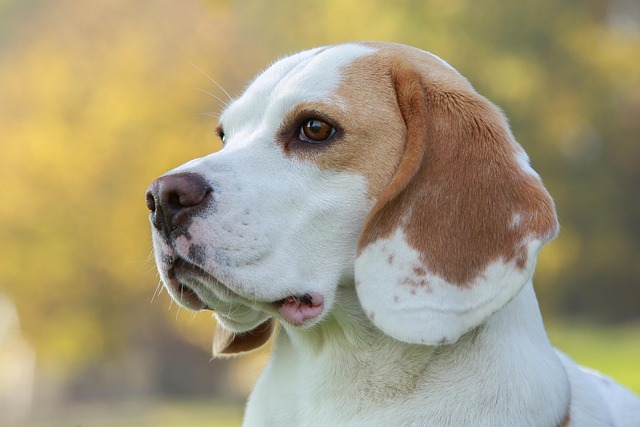
How long does it take to obedience train a dog?
The timeline for obedience train a dog varies more than most owners expect, often depending on the dog’s age, breed, and prior exposure to structure.
I’ll open with a relatable scenario of a new owner debating whether to get a special tent for their pup, clarify when a dedicated dog tent is necessary vs. optional, explain key features to look for if getting one, and weave in camping etiquette and compliance tips.
I stood in my friend Lena’s Seattle camping gear store last month, watching her hold a compact dog tent in one hand and stare at her family’s 4-person tent in the other. “We’re camping next weekend with Tito, my 8-pound Chihuahua. Do I need a special tent for my dog when camping, or can he just sleep with us?” she asked, as Tito curled into her jacket, clearly unsure about the new gear. If you’re a new U.S. dog owner gearing up for outdoor trips, the answer depends on your pup’s size, temperament, and the camping conditions—but a special dog tent isn’t always mandatory. It becomes a must when safety, comfort, or campground rules demand it, and knowing when to use one keeps your trip smooth.
To understand if you need a special tent for your dog when camping, let’s break down the “why” behind dedicated gear. Lena’s trainer, Maria, explained that regular human tents aren’t designed for dogs: sharp claws can tear thin fabric, wet paws soak sleeping bags, and anxious pups might chew through zippers if left unsupervised. For small dogs like Tito (who shivers easily) or large, messy pups (who roll in mud), a special tent offers protection from the elements and keeps your gear clean. But if your dog is calm, house-trained, and small enough to sleep on a bed in your tent (like Tito), you might skip it—as long as campground rules allow pets inside human tents (most do, but always check). Unlike a camping bed (which is always needed), a dog tent is situational; its value lies in solving specific problems (cold, dirt, anxiety) rather than being a universal requirement. Scolding a dog for messing up your tent (if Tito had an accident) violates U.S. animal welfare standards; he wouldn’t be “naughty”—he’d be overwhelmed, and our job is to set him up for success with the right gear.
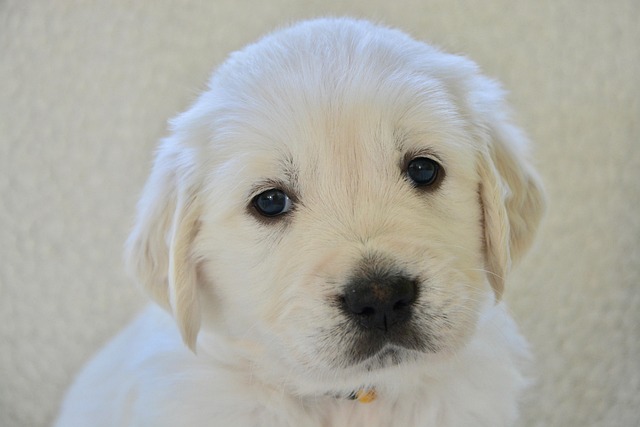
Here’s how to decide if you need a special tent for your dog when camping, and what to do next (using Lena’s choice for Tito): First, assess your pup’s needs (the biggest factor). Maria told Lena to ask three questions: Is your dog sensitive to cold/rain? (Tito yes—Chihuahuas lose heat fast.) Do they get anxious in tight spaces? (Tito no—he loves cuddling.) Will they mess up your gear? (Tito maybe—he tracks mud.) For Tito, a small, insulated dog tent made sense for daytime naps (keeping him warm while the family hikes) but not nighttime (he sleeps in Lena’s sleeping bag). If she had a 70-pound Lab who chewed gear, a durable dog tent would be non-negotiable for both day and night. Second, check campground rules (compliance first). Lena called their New Hampshire campground and confirmed: pets are allowed in human tents, but must be contained if left unattended. A dog tent lets her leave Tito safely while she grabs firewood—no tying him up outside. Third, pick key features if you buy one (skip “cute” for functional). She chose a 24-inch tent with waterproof fabric (keeps dew out), mesh windows (ventilation), and a removable floor (easy to clean mud). It folds flat to fit in her apartment closet—perfect for storage when not camping. Fourth, train your pup to use it (positive reinforcement). Lena set the tent up in her living room, put Tito’s favorite toy inside, and gave him treats when he went in. By camping day, he saw it as “his spot,” not a strange box.
For camping etiquette and compliance, these choices tie to good habits: Lena packs extra biodegradable poop bags (U.S. national parks fine $200 for uncollected waste) and a small trowel—she always cleans up after Tito before bringing him back to either tent. She keeps Tito on a 4-foot leash when outside (required in most campgrounds) and uses gentle redirection (a treat) if he tugs toward other campers’ tents. Before the trip, she updated his rabies vaccine (mandatory everywhere) and brought a copy of his records—some campgrounds ask for proof of shots. If she’d skipped the dog tent, she’d lay a waterproof mat under Tito in her tent (to protect the floor) and avoid letting him on sleeping bags (to keep gear clean). Maria reminded her: “The goal is to make camping low-stress for your dog—whether that’s sharing your tent or giving them their own.”
A week later, Lena texted me a photo: Tito napping in his small tent at the campsite, sun streaming through the mesh. Do I need a special tent for my dog when camping? For Tito, it was perfect for daytime—optional for nighttime. For your pup, it’s about their needs, campground rules, and keeping everyone comfortable. Whether you share your tent or get them their own, the best gear is the one that makes camping fun for both of you.

The timeline for obedience train a dog varies more than most owners expect, often depending on the dog’s age, breed, and prior exposure to structure.
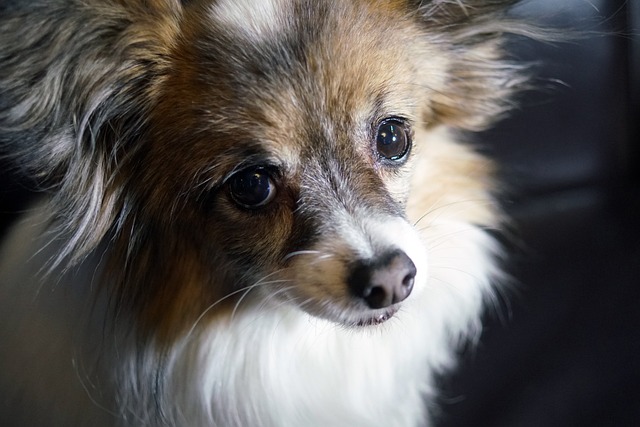
I’ll start with a relatable scenario of a new owner wondering which fruits are safe for their pup, explain why certain fruits work (nutrient alignment with canine needs)
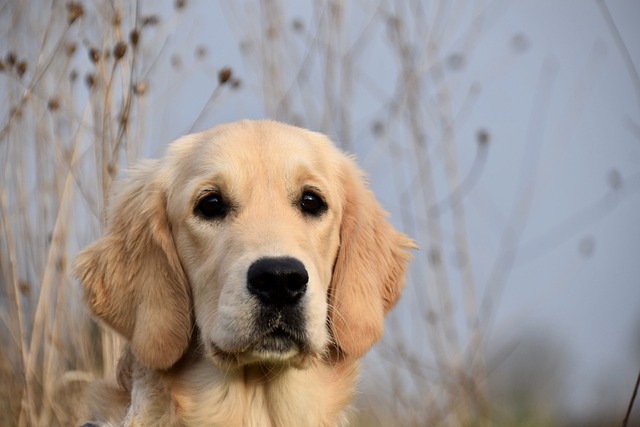
Recognizing red flag behaviors in your dog is crucial for preventing potential incidents and ensuring everyone's safety.
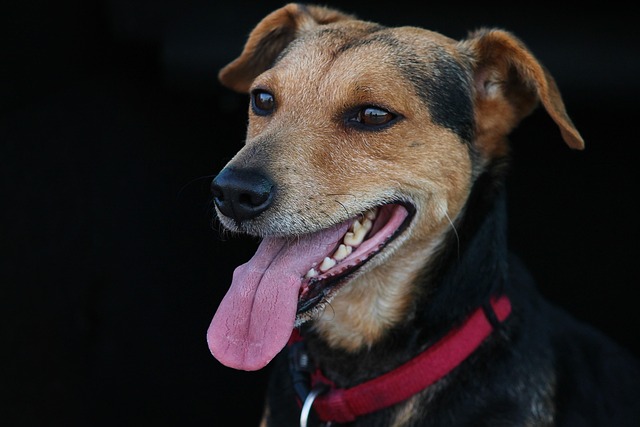
You’re in the kitchen grabbing a snack, and your new dog is bouncing at your feet—you wish they’d just pause for a second.
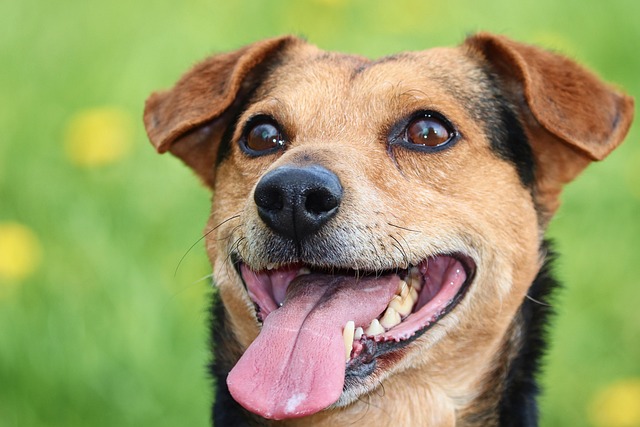
Deaf dogs rely entirely on visual cues, so start by choosing a quiet space free from distractions—think a living room after kids have gone to bed, not a busy backyard during a BBQ.

Whether dogs actually like sleeping in camping beds depends on several factors—their individual preferences, how the bed is introduced, and most importantly